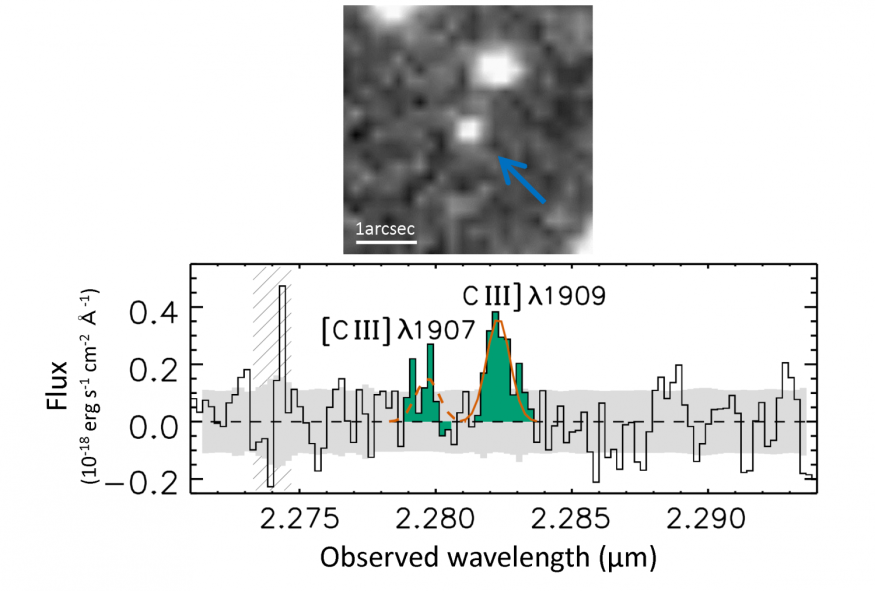The oldest, farthest disc universe ever observed by scientists runs contrary to the existing perception of how galaxies are made. Thus far, experiments have shown that these vast structures have steadily and progressively taken form over thousands of years.
The universe is packed with light-blocking neutral atom. It was a challenge to break the interstellar distance mark but Hubble overcame all these hurdles in 2016.
The unparalleled galaxy, GN-z11, can be seen from 13.4 billion years ago: 3% of the universe's current history. It is 32 billion light-years out, factoring in the expanding universe. The illumination of GN-z11 was only perceptible in the longest-wavelength infrared bands of Hubble.

How Hubble recorded the oldest galaxy
The galaxy is 32 billion light-years out, considering the evolving universe. The illumination of GN-z11 was only noticeable in the longest-wavelength infrared bands of Hubble. It was gravitationally lensed, giving an increase in critical brightness.
And it was favorably placed in an unlikely line-of-sight, largely reionized. NASA's new James Webb Space Telescope should hopefully break this record, with superior capability around the board.
Japanese scientists further explored how big the universe is
A team of Japanese researchers expects that they would shed light on a time of metaphysical history when the cosmos was just a few millions of years ago.
They inferred that the GN-z11 target galaxy is not only the oldest but also the most distant galaxy. It's so far out that the very limit of the observable universe established itself.
Professor Nobunari Kashikawa of the University of Tokyo's Department of Astronomy is motivated by his interest in galaxies. In fact, he tried to learn how and where it came to be in the most remote one we can observe.
Kashikawa, acknowledging the measurements of Hubble over the distance of GN-z11, said calculating and validating such a distance is not a simple job. His team calculated what is regarded as GN-z11's redshift.
The researchers said that on several occasions in the GN-z11 spectrum, the Hubble Space Telescope observed the signature. But they noticed that to the degree they wanted. The Hubble did not overcome ultraviolet emission lines.
Specifically, they focused on ultraviolet light. The scientists expected UV lights to locate the redshifted molecular identities in the electromagnetic spectrum region.
The Japanese experts thus switched to MOSFIRE, a more up-to-date ground-based spectrograph that calculates emission lines.
The MOSFIRE collected in depth the GN-z11 emission lines, allowing the team to create a much clearer approximation of its distance than was achievable from previous results.

The precision of the galaxy's z value was increased by a factor of 100 by Kashikawa and his colleagues. If this can be verified by subsequent measurements, therefore astronomers can safely state that GN-z11 is the most distant galaxy ever observed in the universe.
Check out more news and information on Space on Science Times.











